When it comes to technology that is made towards consumers, how simple wearables have evolved to the sophisticated smartwatches of today have been quite remarkable.
While some of these changes came as new innovations during the past, the current set of wearables technology has come from striving to reach the needs of the modern consumer. With this blog, we will track the evolution of the modern smartwatch, from its humble beginning of a wrist watch to the technological leaps it’s taken.
The Humble Beginnings:
Wristwatches have a long history, initially gaining popularity as practical accessories for soldiers during World War I. The first set of watches were the winding up or down types, and soldiers would constantly have to wind it to keep it moving
The introduction of automatic watches came only around 1923, and that brought around different categories too. Watches for women, watches for the common man were introduced in the market.
Over the decades, wristwatches evolved from mechanical to electronic, incorporating features like alarms, timers, and even calculators. However, the real turning point came with the advent of digital technology in the late 20th century.
Digital Revolution:
The introduction of digital displays in watches marked a significant shift in their functionality. Digital watches allowed for greater precision, incorporating features like stopwatches, backlighting, and multiple time zone displays. These timepieces were no longer just about telling time; they became tools for various daily tasks.
In due course of time, watches became functional in terms of tracking certain fitness metrics too. People started using it to track their marathon time, and for workouts such as squats, planks etc.
Integration of Basic Functions:
As technology continued to advance, the integration of basic functions like calendars, calculators, and contact directories became standard in many wristwatches. These early attempts at combining timekeeping with utility laid the foundation for the more sophisticated smartwatches of today.
The Rise of Fitness Trackers:
The early 21st century witnessed the emergence of fitness trackers, a new category of wearables designed to monitor physical activity, sleep patterns, and overall health. These devices, while not traditional watches, became an integral part of the wearable landscape, setting the stage for the smartwatches that would soon follow.
Smartwatches: A New Era:
The true revolution in wearables came with the advent of smartwatches. These devices, equipped with powerful processors, high-resolution touchscreens, and a myriad of sensors, transformed the wristwatch into a multifunctional gadget. The first generation of smartwatches focused on smartphone connectivity, allowing users to receive notifications, calls, and messages directly on their wrists.
The Integration of Apps
Subsequent iterations of smartwatches introduced app ecosystems, enabling users to extend the functionality of their devices. From health and fitness apps to productivity tools, the app stores for smartwatches became a hub for customization, tailoring the device to the individual needs and preferences of users.
Health and Wellness Tracking:
One of the most significant contributions of smartwatches to personal well-being has been their emphasis on health and wellness tracking. These devices can monitor heart rate, track physical activity, and even detect irregularities that may indicate potential health issues. The integration of such features has turned smartwatches into indispensable companions for those seeking a healthier lifestyle.
Our contribution here at Crossbeats:
At Crossbeats, we have always had one eye on the future and one eye on our consumer needs. This vision was the same one that empowered us to bring technologies such as AMOLED Display, Gorilla Glass Display while introducing apps for navigation,ebooks and meditation on a smartwatch.
Over the last year, we even introduced our most advanced smartwatch, Ignite Nexus. This smartwatch came with features such as dynamic island and ChatGPT, which was a first on a watch.
Conclusion:
From their humble origins as timekeeping devices, wearables have evolved into indispensable smartwatches that seamlessly integrate technology into our daily lives. And from our R&D team at Crossbeats, we are constantly working on creating more effective solutions and pushing the boundaries of what is possible in wearable tech. Stay tuned to see a range of exciting products in 2024!



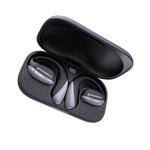
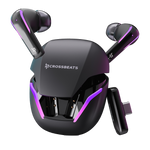

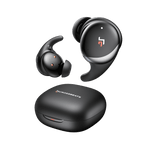

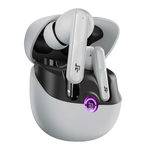


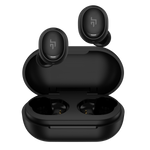
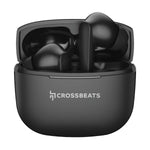


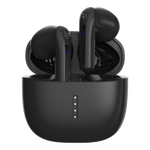
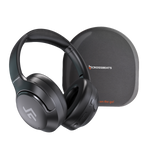
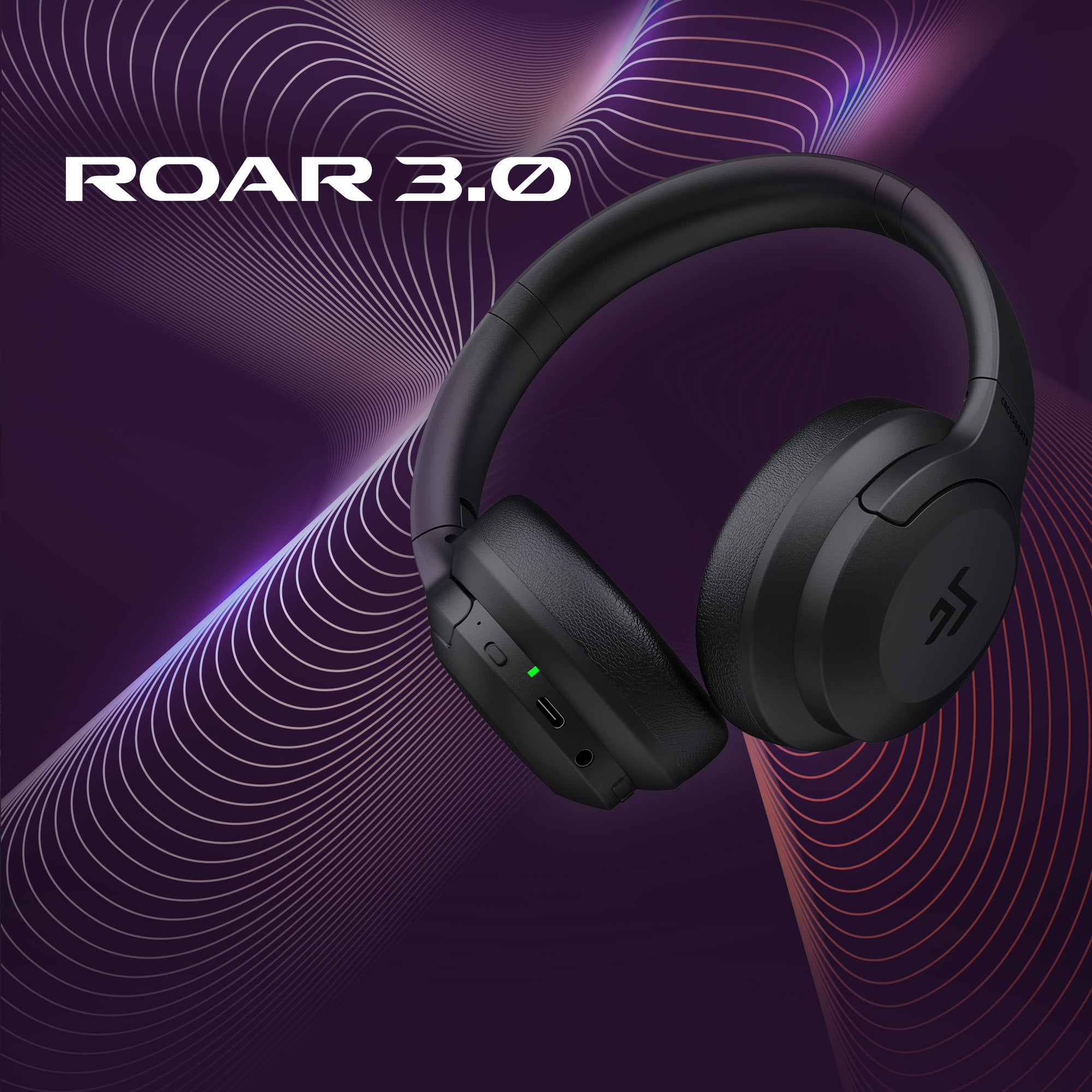
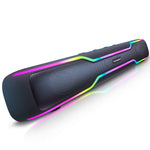

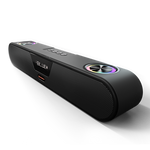
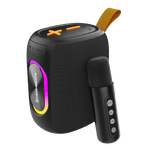

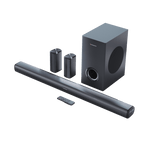


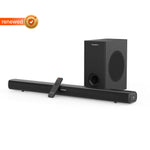
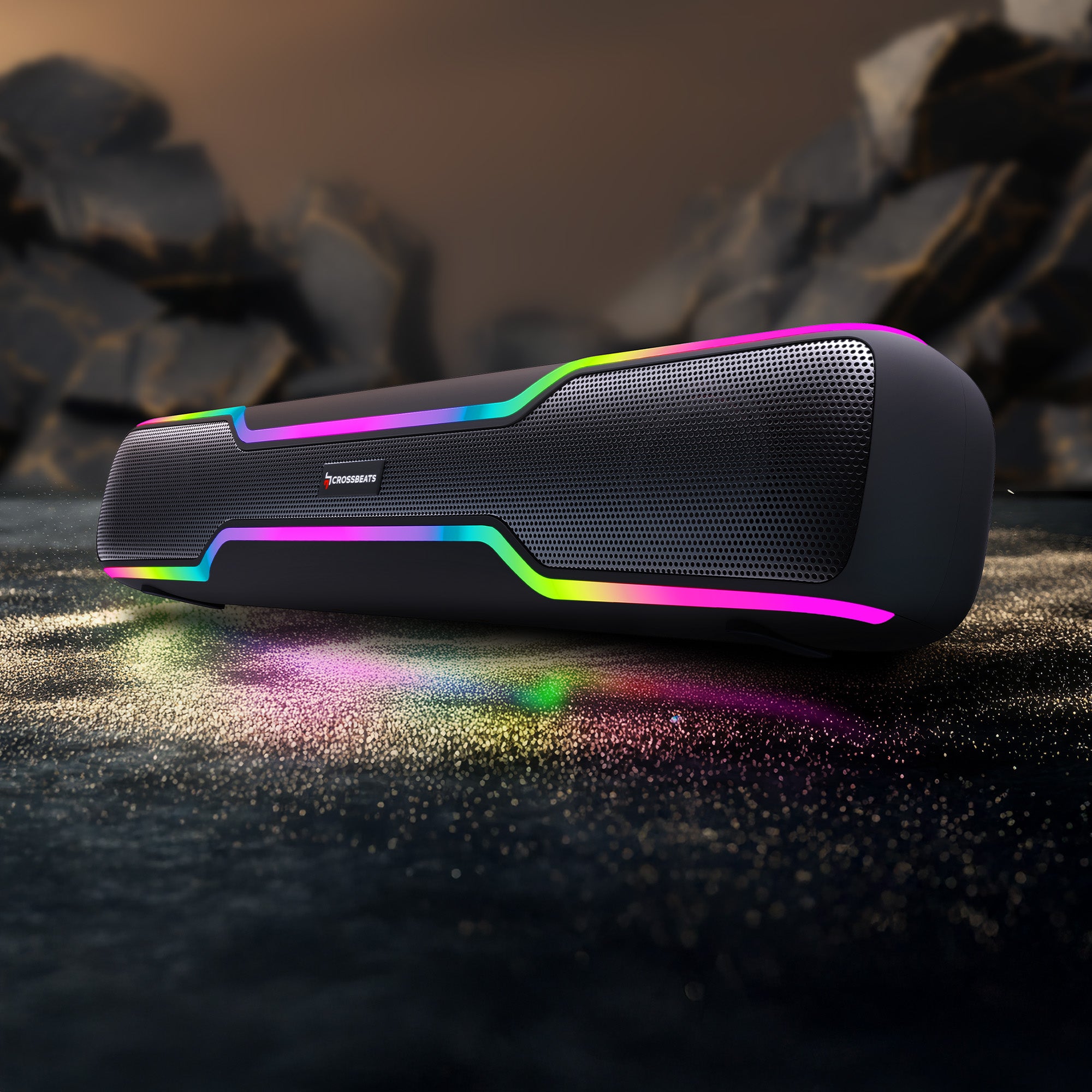


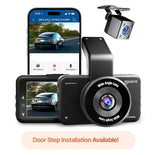
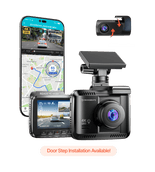
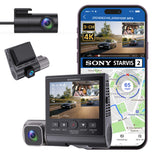
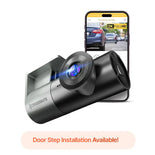



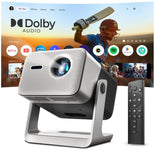
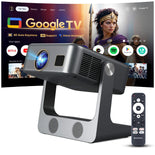
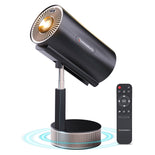
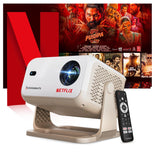
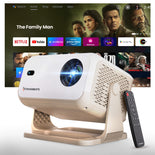

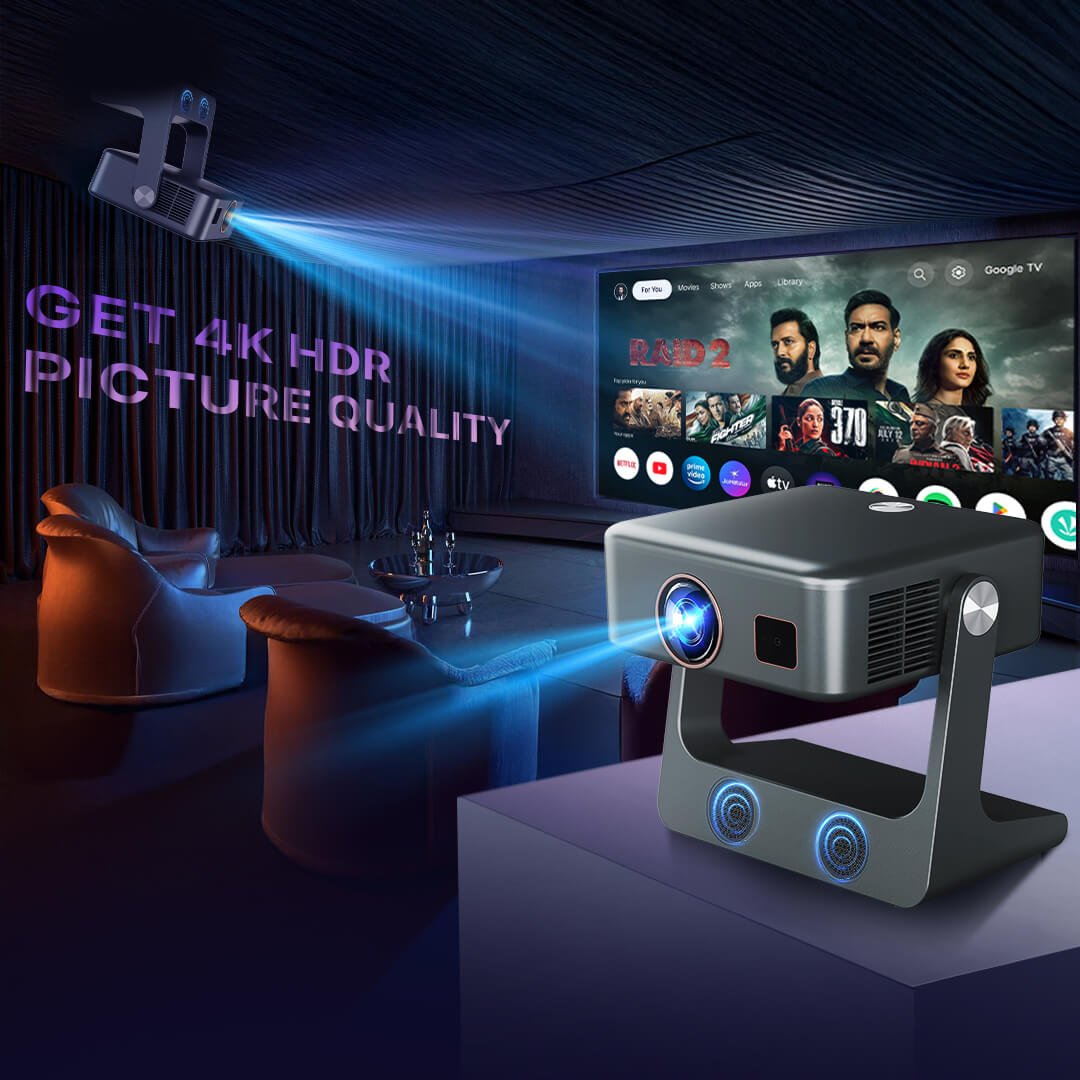

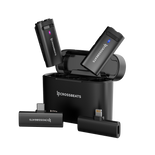

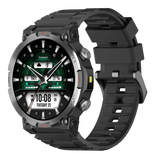

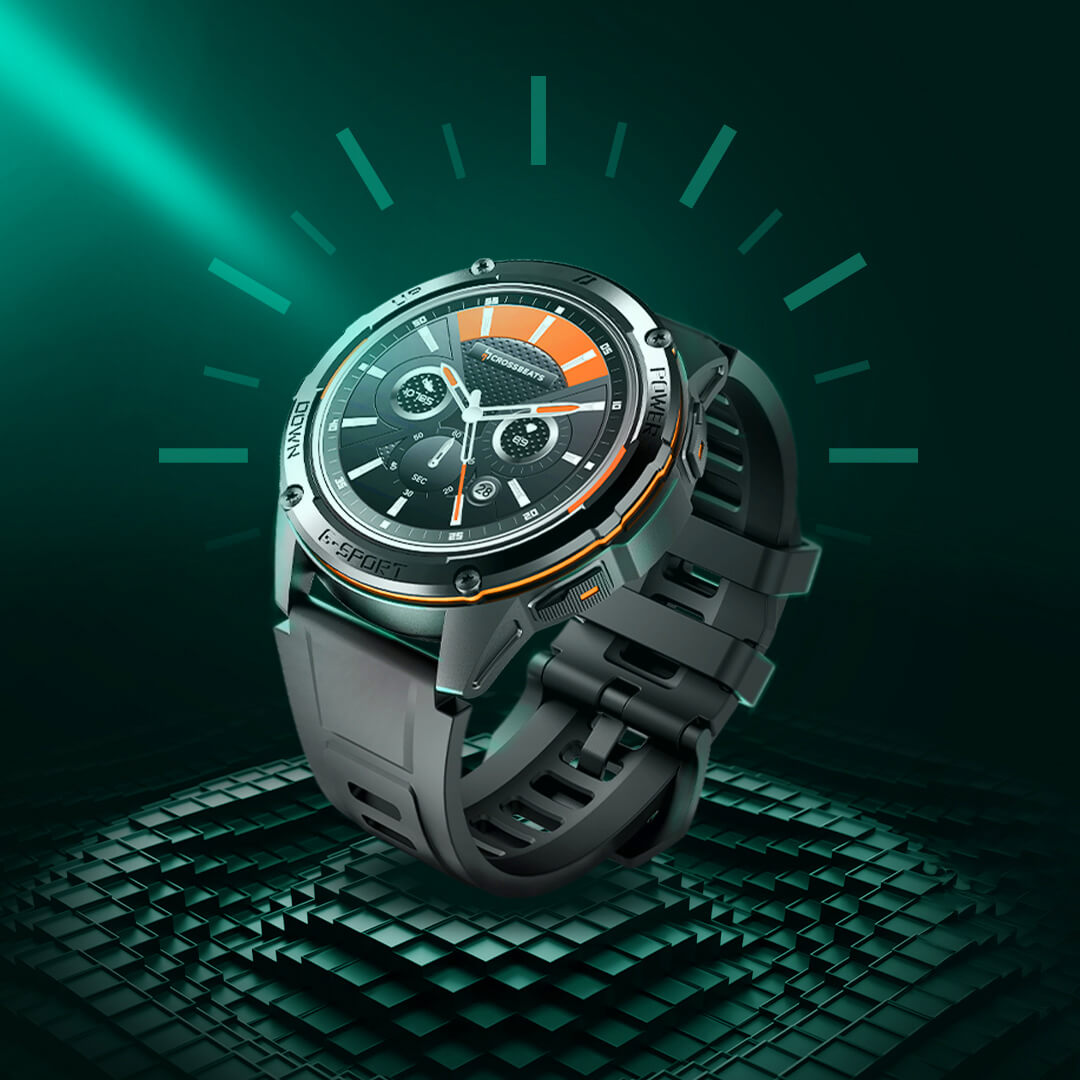
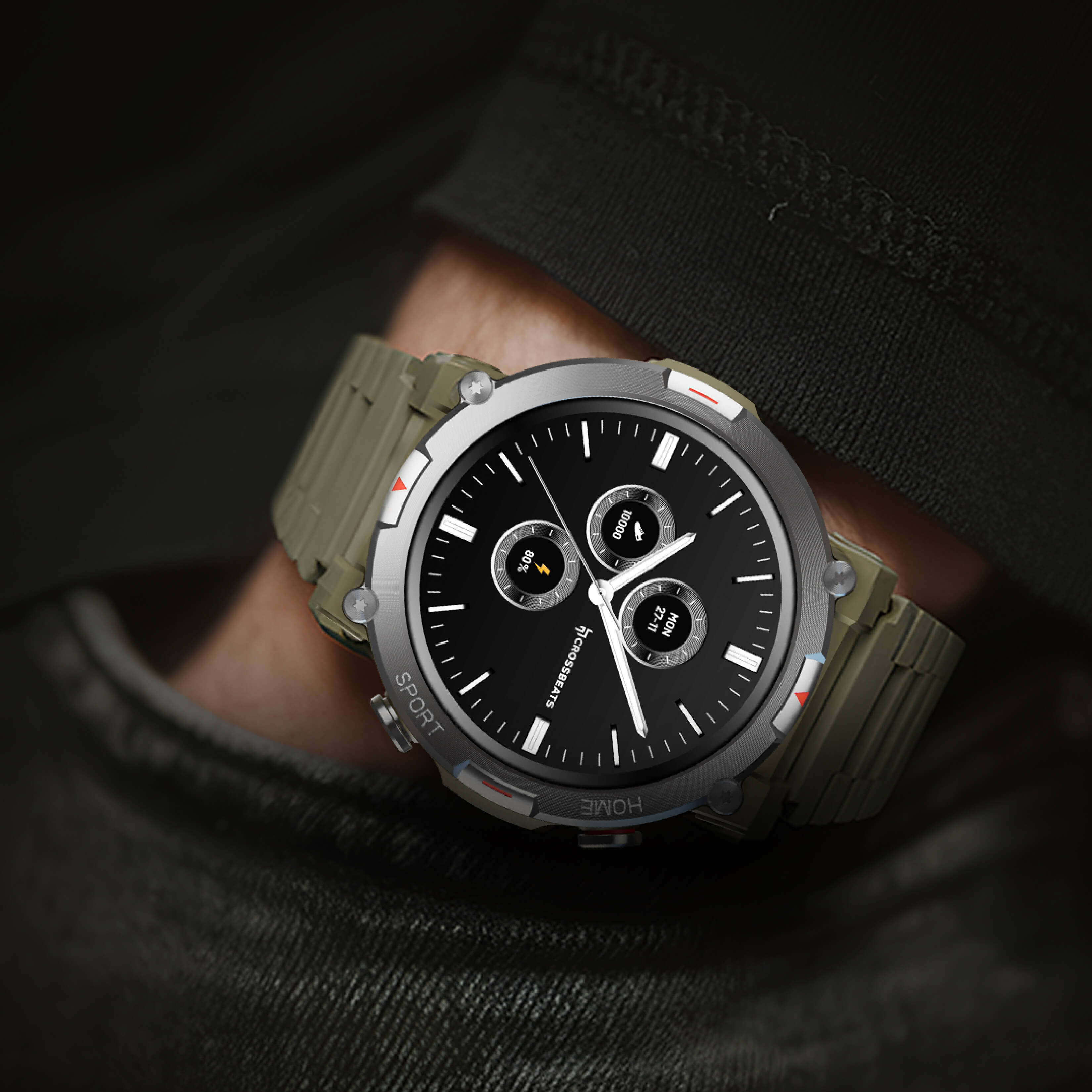
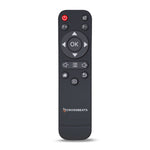
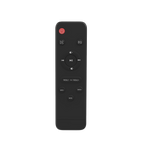
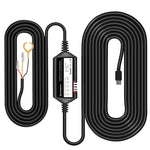
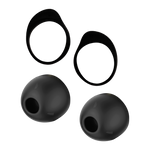


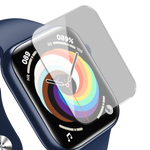

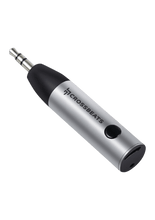
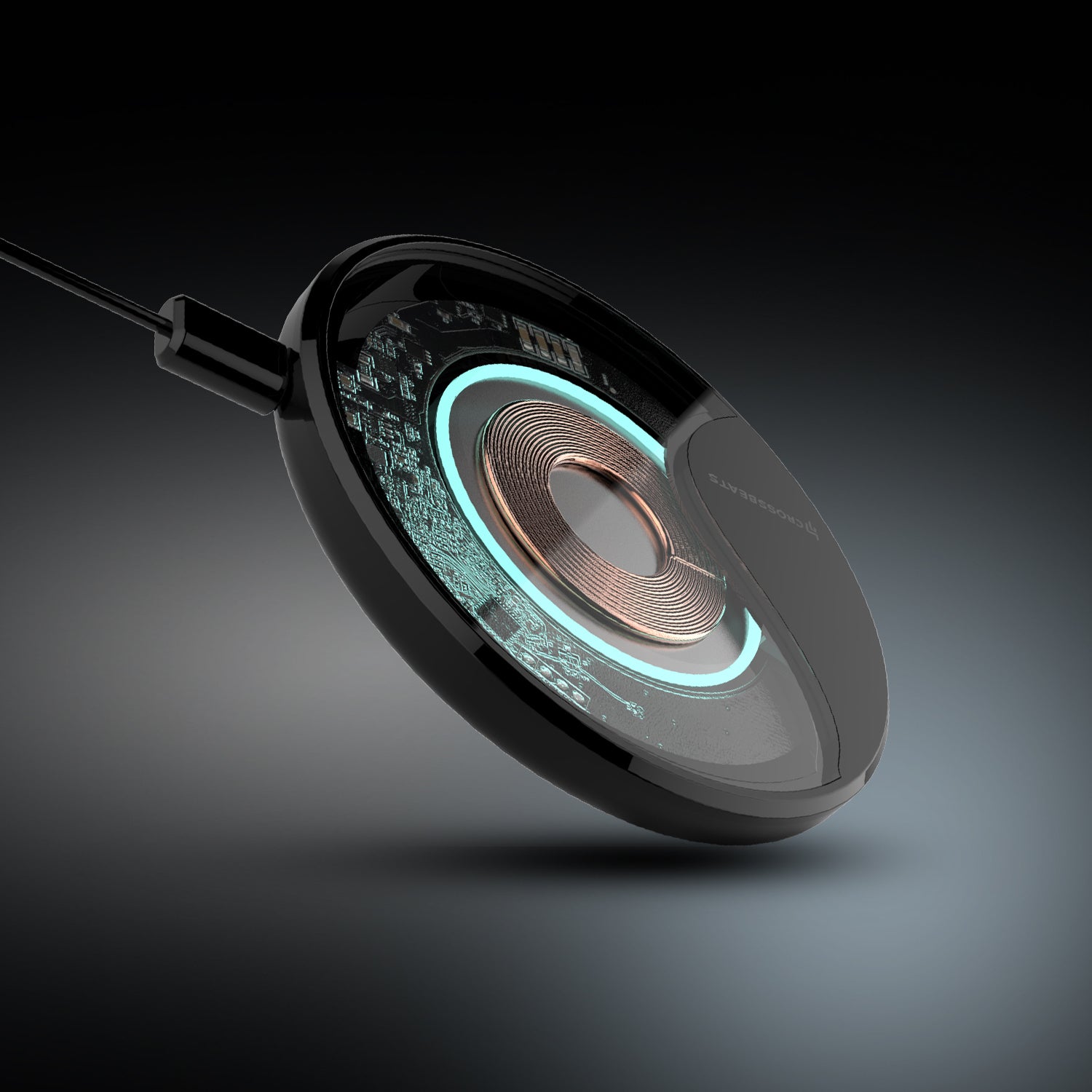
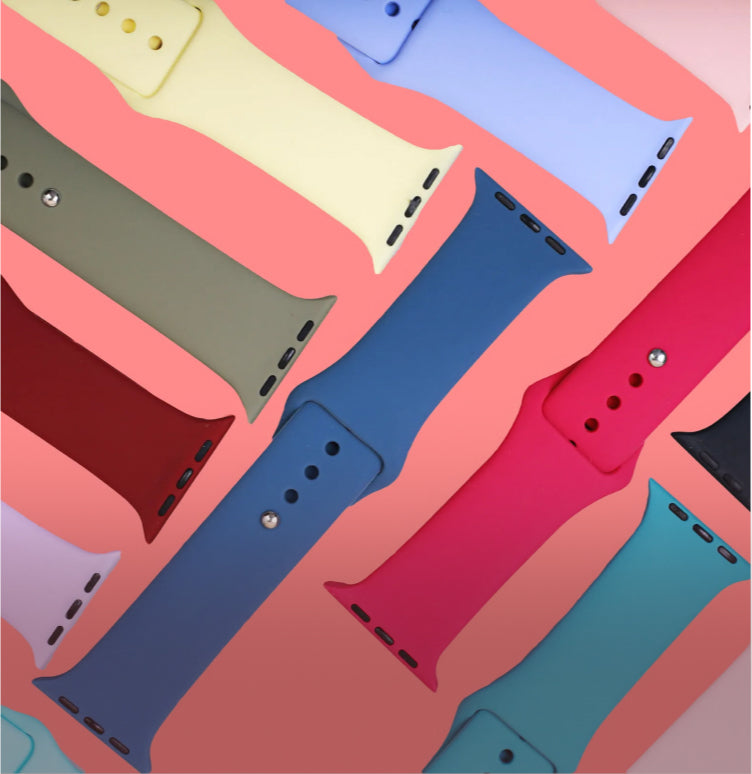
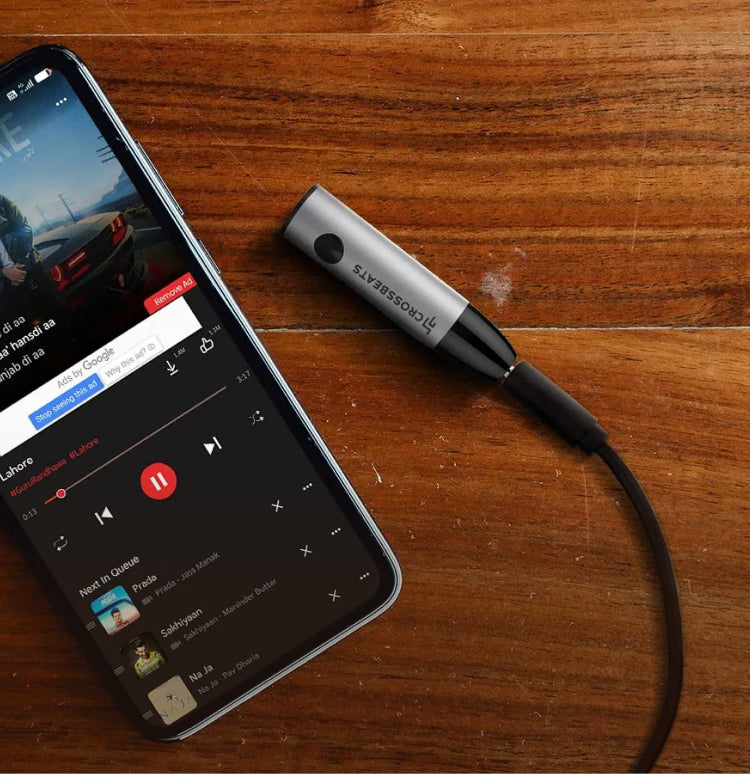

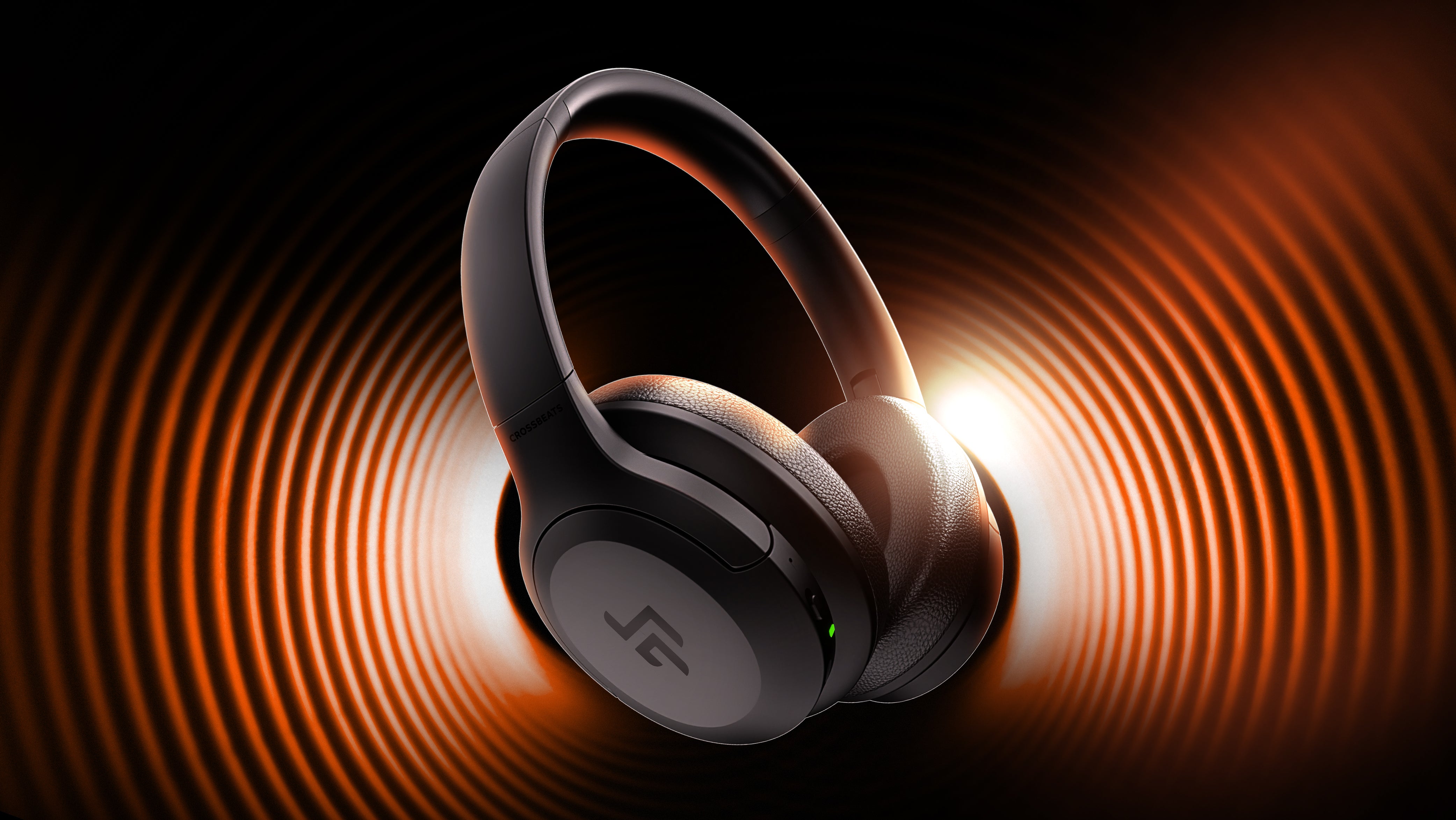
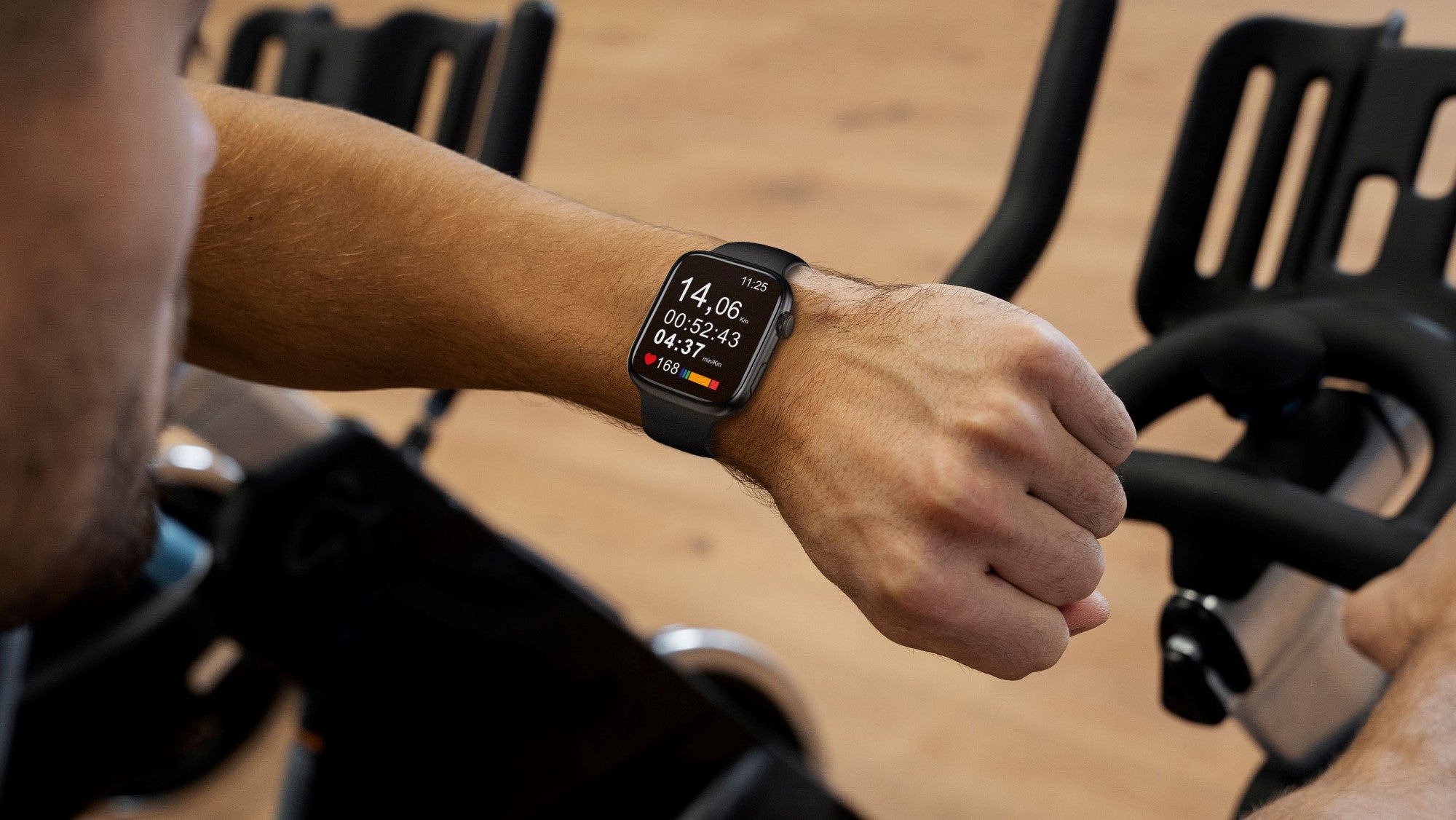
Leave a comment
All comments are moderated before being published.
This site is protected by hCaptcha and the hCaptcha Privacy Policy and Terms of Service apply.